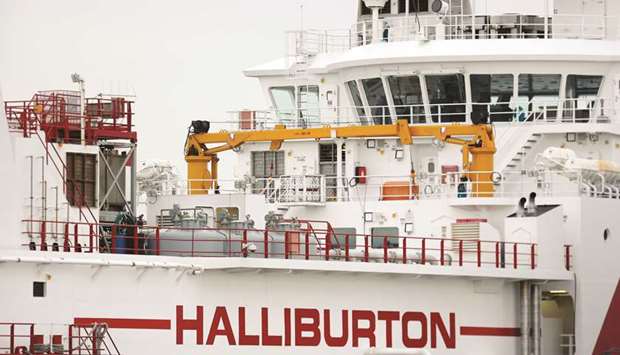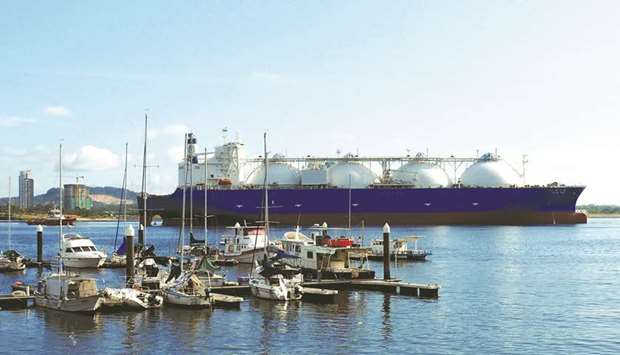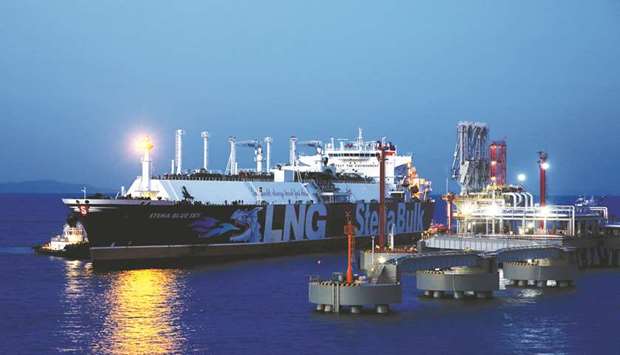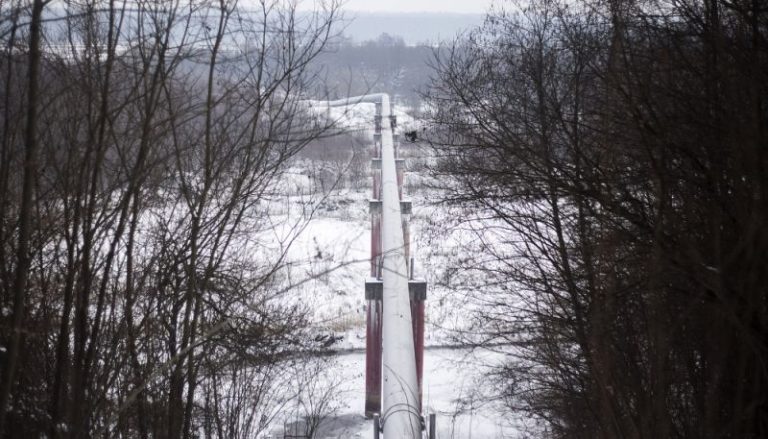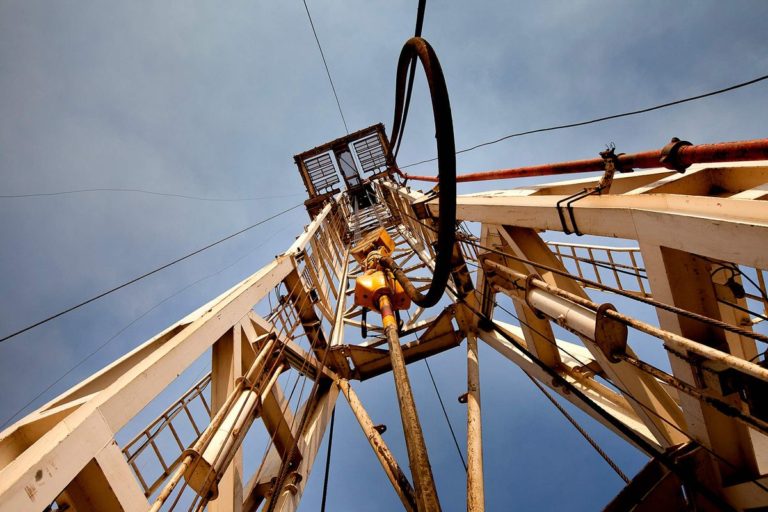Even more LNG set for Europe? Gas market is already under pressure
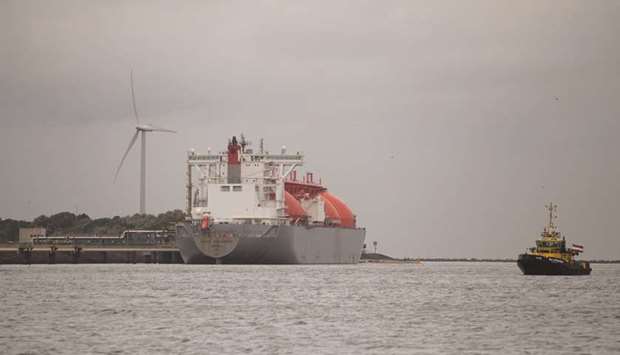
Bloomberg/London
Europe’s natural gas market is tanking and it’s hard to see why prices should stop falling now.
Storage levels are above average for the time of year because of the mild winter – curbing demand at a time sales should delight the region’s utilities. And with liquefied natural gas cargoes arriving at Europe’s ports in record numbers, the market looks saturated, according to Julius Baer Group Ltd.
The mild winter in the Northern Hemisphere has not only hit Europe’s energy markets. Asian LNG prices have slumped for eight straight weeks as buyers haven’t felt much of a need to top up buying done ahead of the winter. That has reduced incentives for exporters from Russia to the US to send tankers to Asia, instead leaving northwest Europe as their preferred destination.
“Europe has become the dumping ground for LNG,” said Norbert Ruecker, head of macro and commodity research at Julius Baer, who expects prices could fall another 20%, without giving a time frame.
Northwest Europe imported a record 32.5 cargoes in December, according to data compiled by Bloomberg. And purchases are strong this month too.
To some extent, LNG has for now supplanted the need for huge storage sites.
“Storage has just been building and building,” Ruecker said. “Given that this trend could continue, it will put pressure on European gas prices.”
Another bearish factor is that demand this month may be much lower than traders earlier expected. Temperatures are now forecast near normal by the end of the month, versus forecasts last week for temperatures about 6 degrees Celsius below the usual level.
“The market balance is the key fundamental prices follow and somehow it does not seem to be really mirrored in the price,” Ruecker said.
Dutch front-month gas is trading at about €22 a megawatt hour on the ICE Endex exchange. The option to sell with the most open interest below that level is at a strike price of €18, according to data from the bourse. Last year, prices dropped as low as €16.78, while in 2017 the low was €14.43.

